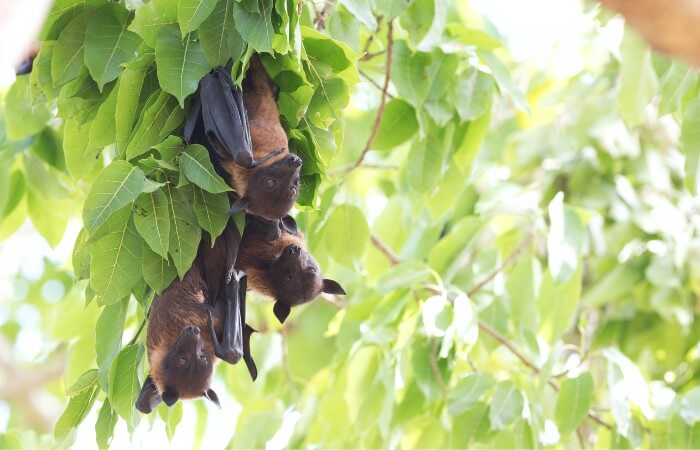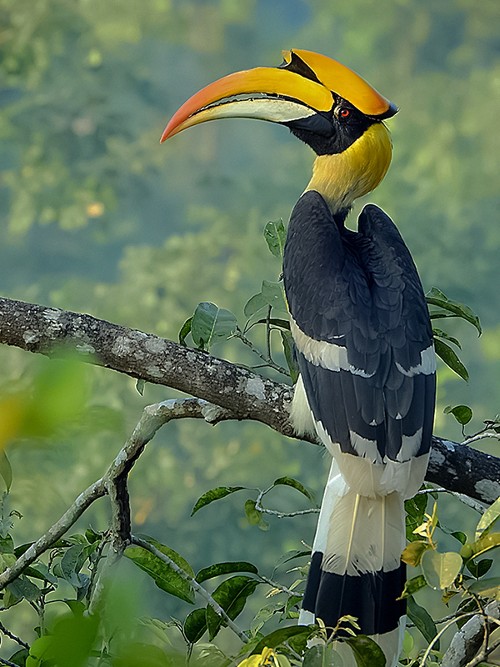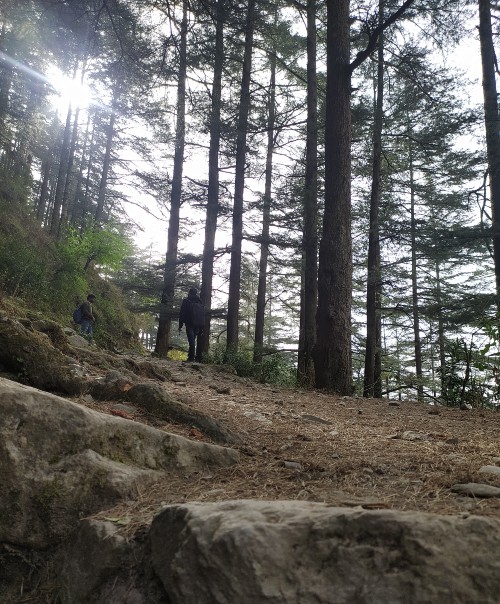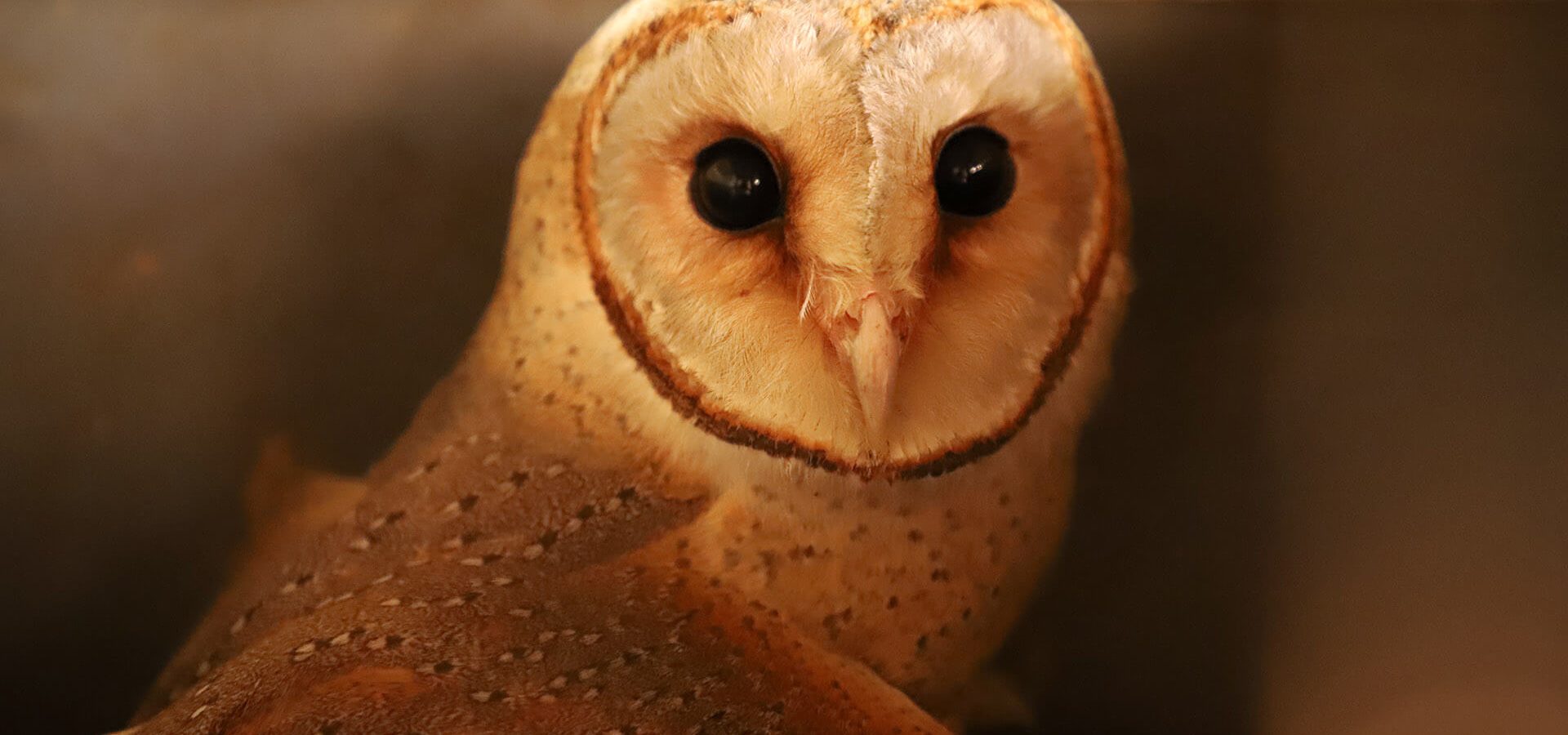What else can make your day better, than a story – or rather a set of stories! Folktales or folklores are common in all cultures. These are generally fables which mostly originate in a community and are passed down through generations by word-of-mouth. Just like human societies, there are folklores related to wildlife and wild animals too. Let us unravel some of the most fascinating tales India’s rich history has to offer, and dive straight into them.
Folklores flying all around
When it comes to animals with flight, there are usually numerous lore hidden in the crevices of India’s communities. If one travels to the south-western parts of India and enquires people what they think when they see bats, locals may reveal a tale about how bats were once unhappy birds who wished to be human. They slowly began turning into a human, got hair, teeth and a few other mammalian features. Yet the process stopped abruptly and they remained mostly bird-like. Ashamed of their new bizarre physical traits, the so-called birds then began moving only at night, hiding their faces during the day time. This (in)famous wildlife folklore mistakes bats as unhappy birds. But in all truthfulness, they are in fact the only mammal capable of flight.

On the other side of the country, an interesting tale about a majestic bird is equally gripping and has the power to stir the imagination of man in varied ways. This is the legend of the Great Hornbill. This beautiful bird is an integral part of most of the tribes in Nagaland. A Sumi Naga folklore traces the origin of the large, colourful bird and revolves around the story of two inseparable lovers named Kivigho and Kahuli.
On the way to their native village, both of them took a short stop when Kivigho climbed a tree to get some fruits for Kahuli. Kivigho couldn’t make his way back to Kahuli since the branches of the tree had broken down. Having been stuck there, slowly and gradually the boy turned into a Great Hornbill. As the separation had left the lovers heartbroken, a feather fell to Kahuli which she treasured for her whole life. Thus, the Hornbill feather became a symbol of their unending love, and even today, members of various tribes in Nagaland use the feathers in their traditional headgear.

Similar to the Great Hornbill, the Sarus Crane also has a folklore associated with it, even though this has more to do with its nomenclature. Famous Swedish naturalist, botanist, zoologist and taxonomist Carl Linnaeus had placed the Sarus crane in the genus Ardea, which means ‘heron’ in Latin. The binomial name of the Sarus crane was Ardea antigone, with Antigone being the daughter of Trojan king Laomedon in Greek mythology, who was turned into a stork for comparing her own beauty with the goddess Hera. Here, Linnaeus seemed to have confused this lore with that of Gerana, queen of the pygmies, who considered herself more beautiful than Hera and was turned into a crane. Despite this confusion, the species name of the Sarus crane still remains to be Antigone till date.
Another bird which is steeped in Indian mythology, is the owl. According to religious folklore, an owl is the ‘vaahan’ or mount of goddess Lakshmi, and due to that reason the bird is revered across India.
Legends of protection and tales of conservation
Contrary to superstitions or myths which negatively impact wildlife, some tales or lore are intrinsically woven in communities which directly help in conservation. One such interesting legend is that of the Waghoba. The indigenous Warli tribe of Maharashtra believes in Waghoba, a cat-deity who is usually depicted as a leopard or a tiger. The sole reason behind this is that Warlis consider Waghoba as an omniscient and omnipotent being who helps them share space with big cats, since they have to live alongside leopards in the foothills of the Western Ghats in north-western Maharashtra. Such religious or traditional beliefs directly help in conserving wildlife as they encourage tolerance building and peaceful co-existence.

Living with big cats is a problem not just here but in the eastern part of India as well – in the Sundarban delta of southern-most West Bengal. Here the legendary Bonbibi or Bandevi, which literally translates to ‘lady of the forest’, is the spirit guardian of the mangrove forests of Sundarban. Since life in the Sundarban swamps is one of the harshest, the people here have worshipped Bonbibi for centuries to protect them from the dangers of the forests.
The remote locales of India are full of such hidden tales and lore which teach us that human beings have been living in harmony with nature longer than we can think of. For instance, Devalsari in Uttarakhand’s Garhwal Himalayas is a dense deodar forest, and locals there believe that this thousand-year-old forest was created by a saint named Koneshwar Mahadeo. The residents of the nearby villages believe in this lore, and make sure that the forest and its biodiversity remain protected.

We can see how some wildlife folklore are nothing more than just fables, which can be recited as bedtime stories. Whereas a few others have more value in terms of what impact they can have on society as a whole. These lore not only provide an educational value, but also add to the philosophy of an individual with regards to the correct way of living. Let us hope that they remain preserved so that these tales can be passed down to future generations for a brighter tomorrow.





